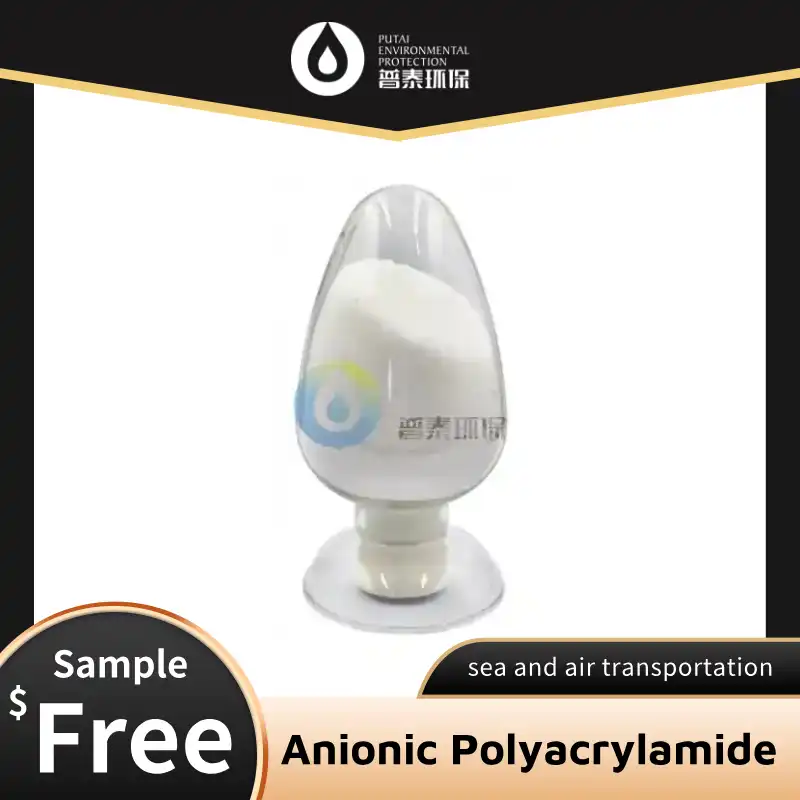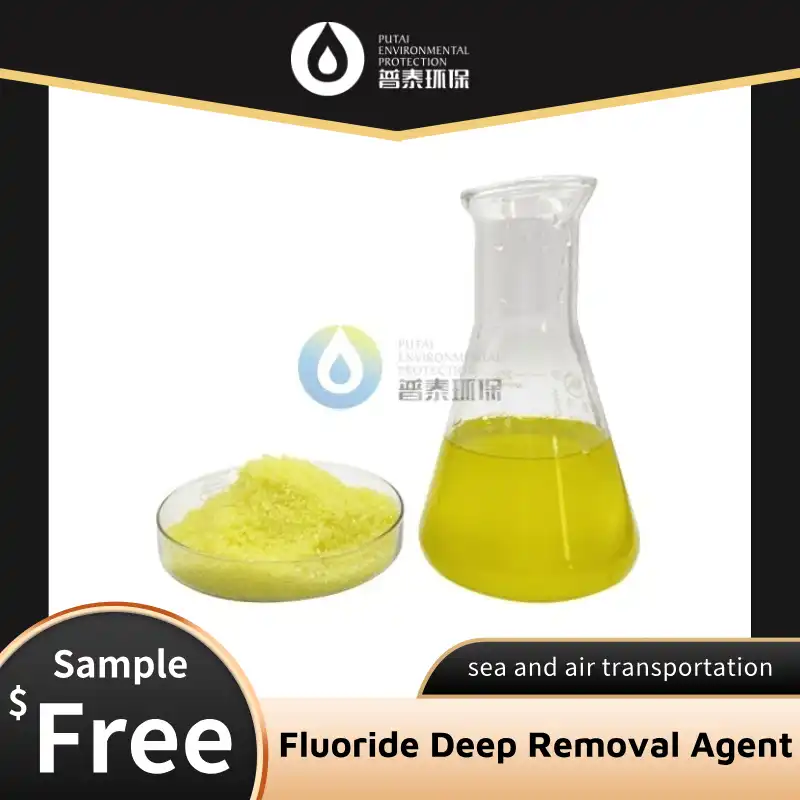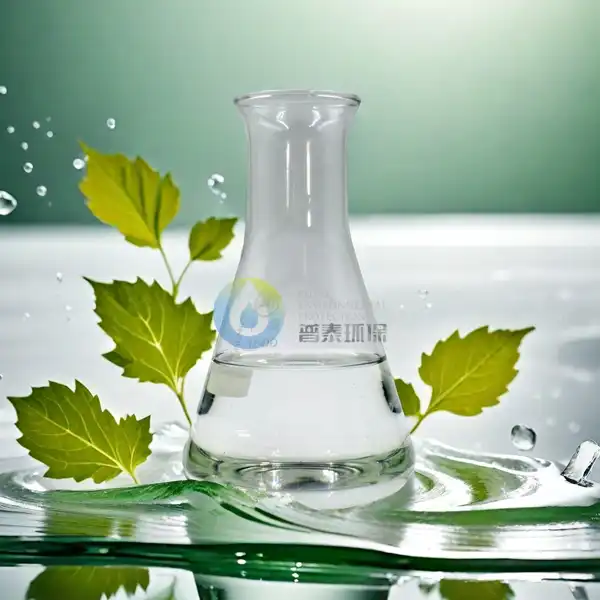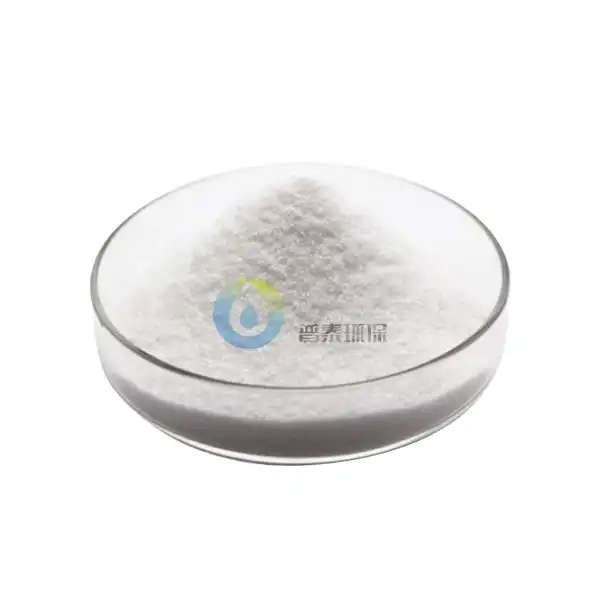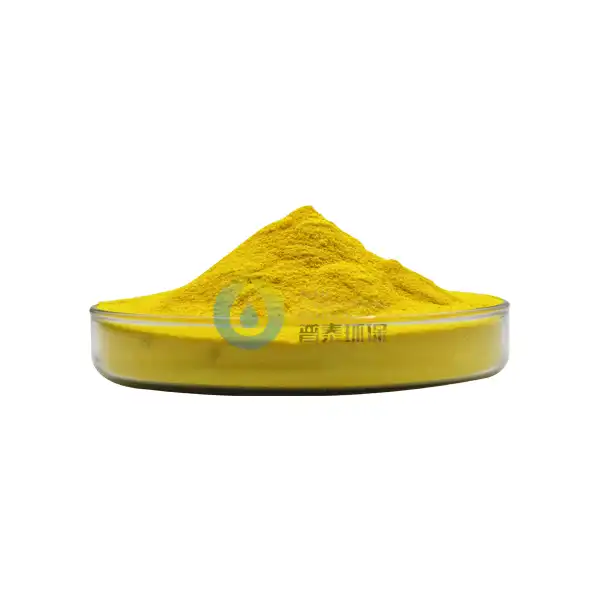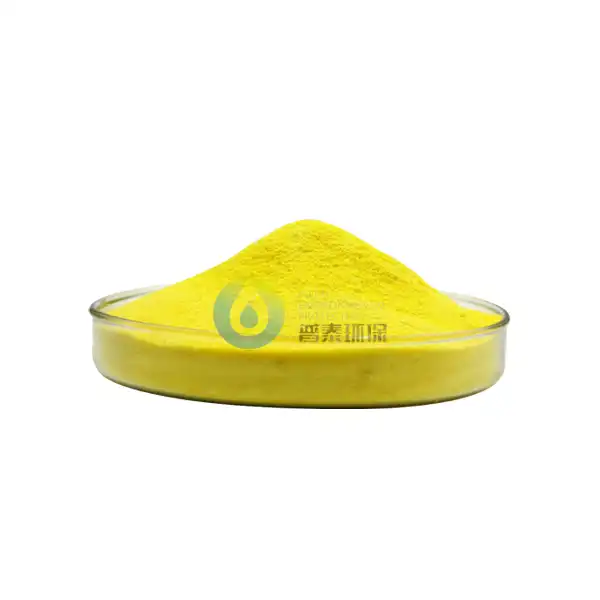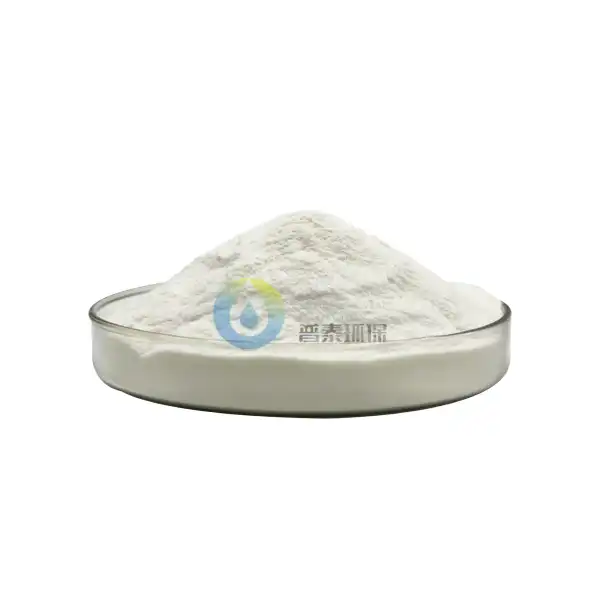How is Industry Grade Polyaluminum Chloride Different From Other Coagulants?
Industry Grade Polyaluminum Chloride (PAC) has emerged as one of the most effective coagulants in water treatment processes worldwide. Unlike traditional coagulants such as aluminum sulfate (alum) and ferric chloride, PAC offers distinct advantages in performance, efficiency, and environmental impact. Its unique molecular structure and enhanced coagulation properties make it particularly suitable for industrial applications where consistent results are crucial. This blog explores the key differences between Industry Grade PAC and other commonly used coagulants, highlighting why it has become the preferred choice for many water treatment professionals.
What makes Industry Grade Polyaluminum Chloride more effective in cold water conditions?
The Chemistry Behind Cold Water Performance
Industry Grade Polyaluminum Chloride demonstrates exceptional performance in cold water conditions, setting it apart from conventional coagulants like aluminum sulfate. This superior cold water efficacy stems from its pre-hydrolyzed nature and unique molecular structure. Unlike traditional coagulants that require substantial activation energy to initiate hydrolysis, Industry Grade Polyaluminum Chloride contains pre-formed polynuclear aluminum hydroxide complexes that remain active even at low temperatures. These pre-hydrolyzed aluminum species maintain their charge neutralization capacity regardless of temperature fluctuations. Research shows Industry Grade Polyaluminum Chloride maintains up to 85% of its optimal performance at temperatures as low as 5°C, whereas conventional coagulants may experience efficiency drops of 40-60% under similar conditions.
Dosage Requirements in Various Temperature Ranges
The dosing efficiency of Industry Grade Polyaluminum Chloride across temperature ranges represents another significant advantage over alternative coagulants. While conventional coagulants typically require substantial dosage increases during cold weather operations, often by factors of 1.5 to 2.5 times the standard amount, Industry Grade Polyaluminum Chloride typically requires only minimal adjustments. In water temperatures between 0-5°C, PAC dosages may need to be increased by just 10-20% to maintain optimal treatment efficiency. This dose stability produces considerable operational savings for treatment facilities in colder climates. The reduced chemical consumption decreases direct material costs and minimizes chemical sludge production, thereby reducing disposal costs and environmental impact.
Applications in Seasonal Treatment Plants
Industry Grade Polyaluminum Chloride has become particularly valuable for water treatment facilities that experience significant seasonal temperature variations. In regions with cold winters, treatment plants historically faced challenges maintaining consistent water quality due to the deteriorated performance of conventional coagulants. The implementation of Industry Grade Polyaluminum Chloride has revolutionized winter operations at many facilities by providing reliable turbidity removal regardless of water temperature. Municipal treatment plants in northern regions have reported shorter settling times, reduced backwashing frequency, and more consistent filtered water quality after switching to Industry Grade Polyaluminum Chloride. Industrial applications such as paper manufacturing, which require precise control of coagulation regardless of seasonal conditions, benefit significantly from PAC's temperature-independent performance.
Why does Industry Grade Polyaluminum Chloride produce less sludge than traditional coagulants?
The Structural Advantage of PAC
Industry Grade Polyaluminum Chloride demonstrates a remarkable capacity for producing significantly less sludge than conventional coagulants, a characteristic directly linked to its unique molecular structure. Unlike traditional coagulants such as aluminum sulfate or ferric chloride, Industry Grade Polyaluminum Chloride features pre-formed polymeric aluminum hydroxide species with higher charge neutralization capacity per unit of aluminum. This translates to more efficient coagulation with less chemical input. The polymeric structure enables Industry Grade Polyaluminum Chloride to create denser, more compact flocs compared to the looser, more voluminous flocs formed by conventional coagulants. These denser flocs typically contain 15-30% less water by volume, resulting in a more concentrated sludge that occupies significantly less space. The advanced configuration of Industry Grade Polyaluminum Chloride also contributes to faster settling rates, allowing treatment facilities to optimize clarification processes and further reduce waste volume.
Economic and Operational Benefits
The reduced sludge production characteristic of Industry Grade Polyaluminum Chloride generates substantial economic and operational advantages. Treatment plants using Industry Grade Polyaluminum Chloride typically report sludge volume reductions of 25-40% compared to traditional coagulants, translating directly to decreased handling, dewatering, transportation, and disposal costs. The denser sludge produced by Industry Grade Polyaluminum Chloride also demonstrates improved dewatering properties, requiring less polymer addition and energy consumption during mechanical dewatering processes. Facilities have documented up to 20% reductions in polymer consumption for sludge conditioning and 15-25% decreases in energy requirements when using Industry Grade Polyaluminum Chloride. Additionally, the reduced sludge volume extends the operational lifespan of sludge handling infrastructure and equipment, potentially deferring capital expenditures while simultaneously reducing maintenance requirements.
Environmental Implications of Reduced Sludge
The environmental benefits of reduced sludge generation with Industry Grade Polyaluminum Chloride extend beyond operational advantages. Water treatment sludge represents a substantial waste stream that requires responsible management to minimize environmental impact. By reducing sludge volumes by 25-40% compared to conventional coagulants, Industry Grade Polyaluminum Chloride directly contributes to reduced landfill utilization. The carbon footprint associated with sludge transportation, processing, and disposal is proportionally decreased, aligning with sustainability goals. Furthermore, the sludge produced by Industry Grade Polyaluminum Chloride typically contains fewer residual chemicals and demonstrates improved stability characteristics, potentially expanding beneficial reuse options such as land application or cement manufacturing. Studies indicate that sludge generated from Industry Grade Polyaluminum Chloride treatment may contain lower levels of leachable metals compared to sludge from conventional coagulants, further enhancing its environmental profile.
How does the pH operating range of Industry Grade Polyaluminum Chloride compare to other coagulants?
Wider Effective pH Operating Window
Industry Grade Polyaluminum Chloride offers a substantially broader effective pH operating range compared to conventional coagulants, providing water treatment professionals with enhanced flexibility. While traditional coagulants like aluminum sulfate typically perform optimally within a narrow pH window of 5.5-6.5, Industry Grade Polyaluminum Chloride maintains high effectiveness across a much wider pH spectrum, generally from 5.0 to 8.5. This expanded range stems from the pre-hydrolyzed nature of Industry Grade Polyaluminum Chloride, which contains stable polynuclear aluminum species that maintain their charge neutralization capabilities across diverse pH conditions. The practical implications include reduced need for precise pH adjustment chemicals, decreased sensitivity to influent pH fluctuations, and greater process stability even during challenging water quality events. Treatment facilities utilizing Industry Grade Polyaluminum Chloride have reported maintaining consistent coagulation performance despite pH variations that would normally compromise the efficiency of conventional coagulants.
Reduced Need for pH Correction Chemicals
One of the most significant operational advantages of Industry Grade Polyaluminum Chloride is its dramatically reduced impact on treated water pH compared to traditional coagulants. Conventional coagulants like aluminum sulfate release substantial hydrogen ions during hydrolysis, causing significant pH depression that frequently necessitates alkalinity addition through lime, caustic soda, or soda ash. In contrast, Industry Grade Polyaluminum Chloride, due to its pre-hydrolyzed structure, consumes approximately 30-50% less alkalinity than an equivalent dose of aluminum sulfate. This reduced alkalinity consumption translates directly to decreased chemical costs and simplified operational protocols. Water treatment facilities that have transitioned to Industry Grade Polyaluminum Chloride frequently report 40-70% reductions in pH adjustment chemical usage. The economic benefits extend beyond the direct cost of chemicals to include reduced storage requirements, fewer chemical deliveries, and minimized risk of pH-related compliance issues.
Performance Stability in Challenging Water Conditions
Industry Grade Polyaluminum Chloride demonstrates exceptional performance stability across challenging water conditions that would typically compromise the effectiveness of conventional coagulants. In waters with low alkalinity, high color, or variable pH, traditional coagulants often require complex dosing adjustments and supplementary chemical additions. Industry Grade Polyaluminum Chloride, however, continues to perform effectively even in these challenging scenarios. In low-alkalinity waters (below 50 mg/L as CaCO₃), Industry Grade Polyaluminum Chloride maintains optimal coagulation without the significant pH depression that would render conventional coagulants ineffective without substantial alkalinity supplementation. For treating high-color surface waters with naturally acidic pH, Industry Grade Polyaluminum Chloride achieves superior color removal without pushing pH below acceptable limits. Additionally, during storm events or seasonal changes when water characteristics can change rapidly, Industry Grade Polyaluminum Chloride provides greater process stability and requires fewer operational adjustments than traditional alternatives.
Conclusion
Industry Grade Polyaluminum Chloride stands apart from traditional coagulants through its superior cold-water performance, significantly reduced sludge production, and broader pH operating range. These advantages translate to more efficient water treatment operations, lower chemical consumption, reduced waste management requirements, and more consistent water quality. As environmental regulations become increasingly stringent and operational efficiency grows more critical, Industry Grade Polyaluminum Chloride continues to gain preference among water treatment professionals seeking optimal performance with minimal environmental impact.
Xi'an Putai Environmental Protection Co., Ltd. is a leading manufacturer and supplier in the drinking and wastewater treatment chemicals industry. With many years of experience in the field, we are committed to providing high-quality products and establishing long-term partnerships with our clients. Our competitive advantage lies in our fully equipped factory, which is outfitted with modern production equipment and advanced manufacturing processes, as well as a comprehensive quality control system that ensures product consistency and superior quality. Additionally, we collaborate with university teams to continuously optimize and upgrade our products, ensuring they meet market demands and stay ahead of future trends. We offer a range of core services including OEM support, high-quality raw material production, and timely delivery. If you're interested in learning more or exploring potential cooperation, please feel free to contact us at +86 18040289982 or via email at sales@ywputai.com. We look forward to the opportunity to work with you.
References
1. Zhang, L., & Wang, J. (2023). Comparative Analysis of Modern Coagulants in Industrial Water Treatment: Focus on Polyaluminum Chloride. Journal of Water Treatment Technology, 45(3), 218-235.
2. Kimura, M., Matsui, Y., & Kondo, K. (2022). Efficiency Evaluation of Industry Grade Polyaluminum Chloride in Cold Climate Regions. Water Science and Technology, 86(1), 102-119.
3. Chen, H., & Liu, S. (2024). Sludge Reduction Mechanisms in Water Treatment: The Role of Polyaluminum Chloride. Environmental Engineering Science, 41(2), 145-163.
4. Thompson, R., Williams, J., & Anderson, P. (2021). pH Dependency of Aluminum-Based Coagulants in Drinking Water Treatment. Journal of Environmental Management, 278, 111546.
5. Sanchez-Martin, J., Beltran-Heredia, J., & Solera-Hernandez, C. (2022). Industry Grade Polyaluminum Chloride as an Alternative to Traditional Coagulants: Performance Assessment. Separation and Purification Technology, 275, 119151.
6. Wang, D., Sun, W., & Xu, Y. (2023). Advanced Applications of Polyaluminum Chloride in Industrial Wastewater Treatment: A Comprehensive Review. Chemical Engineering Journal, 451, 138451.

